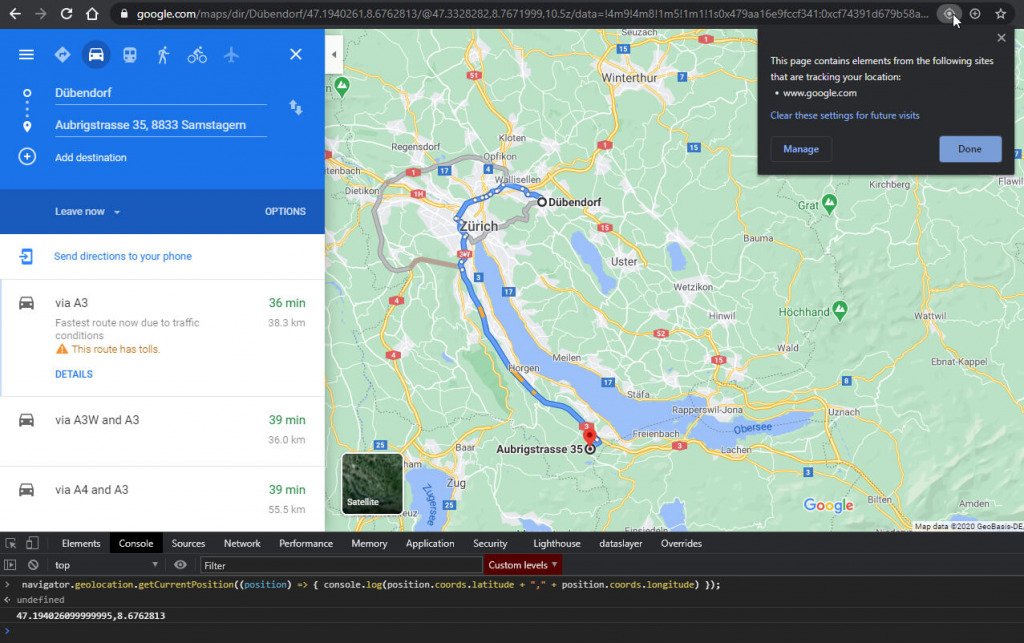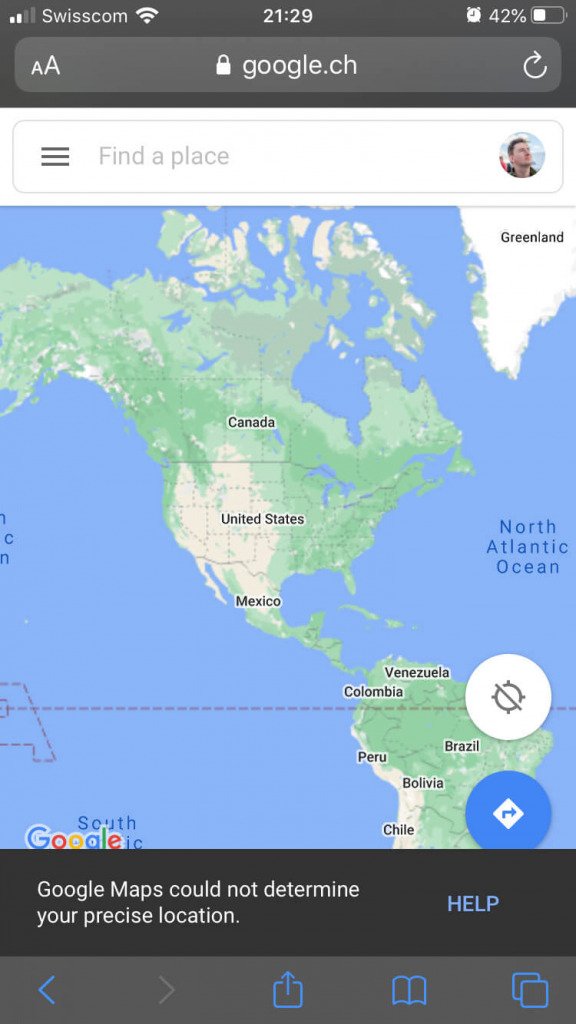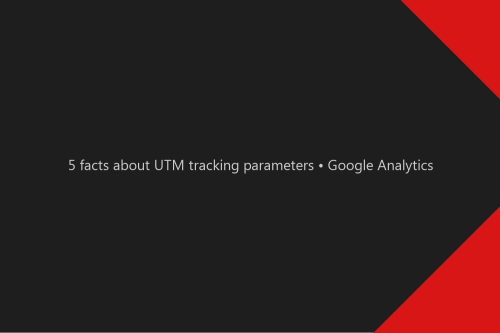8 facts why IP location targeting is not accurate
IP location in advertising is nothing new, but if and how accurate it is? How do we know where this user using an IP is? What IP exactly is? IP stands for Internet Protocol...
Filter by Category
Filter by Author
IP location in advertising is nothing new, but if and how accurate it is? How do we know where this user using an IP is?
Contents
IP stands for Internet Protocol address, and it is an integral part of the internet itself. Every single piece of the information has a source and destination IP address attached. Without this information, the internet would not work at all.
And now it gets a bit harder. Every country in the world receives a pool/segment of available public IP addresses that are distributed internally. Each ISP (Internet Service Provider – Telecommunication company) receives some IP addresses which they can use.
We know with high accuracy from which country our IP address is coming because it is distributed on the international administration level.
The problem is where the user using a specific IP address is precisely located. Each ISP distributes small pools of the IP addresses to the regional providers. And because of that, we can determine in which region of the country which IP address is used.
Absolutely yes. It is a day-to-day practice mostly for mobile phones internet access. If we have a huge event in one city/region of the country, ISP providers can assign some IP addresses from less trafficked locations to the location with temporary extremely high demand accessing the network by mobile devices. And after 1-2 weeks, they can switch those IP addresses back to the original location, or assign somewhere else.
So if we have an IP based campaign for Geneva, Switzerland, a significant part of the campaign traffic can be delivered to Davos because of the World Economic Forum.
And because allocations of the IP address is done so quickly, there is no chance that our advertising platform would detect this change quickly enough.
Some ISP’s share information about the location if the IP addresses but is not common practice, and if they do, it does not mean that the real physical location of the IP is correct.
Geolocation services have access to several databases that give them the information needed to locate someone IP address. Those databases are updated manually from time to time.
The most popular location service ip2location says in the documentation: “This is a manual process and requires actual usage from any IP address in order for us to determine the related ISP name and location. Therefore, there might be some update delays in the database for any newly assigned IP address ranges.”
For Switzerland, ip2location claims that 81% of their IP addresses are accurate within the 80km radius range. Other alternative services show similar accuracy.

If you are using a fiber optic internet connection at home, you might notice that your location is wrong. That is because your fiber optic cable leads to the local ISP data center, which is often located 10-40km from your real position.

That also means that all your devices connected via WiFi will have an inaccurate location. And location in the mobile browser is also not acurate as expected. It also failes very often.

Every asset that we access on the internet receives our IP address. If we load a website with the ads, our browser needs to download some JavaScript/HTML assets from Google/Xandr/Facebook to let the ads work. And because our IP address is always attached to every request we send, advertising platforms can process of determining your location.
But this location will be as much accurate as an example described above.
That is a problem, to be honest. As described above, desktop and mobile web GEO/IP locations, even with Google Maps, is not accurate and, in many cases, no possible to acquire. Access to the most precise GPS location could have only native apps with physical access to the GPS location, but only if the user chose to be tracked.
Without IDFA, publishers will not be able to precisely match users located outside of the app on the mobile web environment, so the quality of the location-driven campaigns where the area is smaller then 10-30KM might be a problem if you really need to target users from a specific area.
Subscribe to our newsletter!

Digital advertising is heavily dependent on cookies, which are slowly passing away. Therefore, it is the right time to think about how cookie-less digital advertising can look in...

Google Analytics UTM tracking parameters, what they are, and how to use them in digital advertising. What Google Analytics UTM’s is? UTM allows us to tag URLs with...
Very interesting article with good examples!
Useful information!
How does IPv6 change all of this?
And we are not going outdoors anytime soon, right? So don’t worry about mobility…